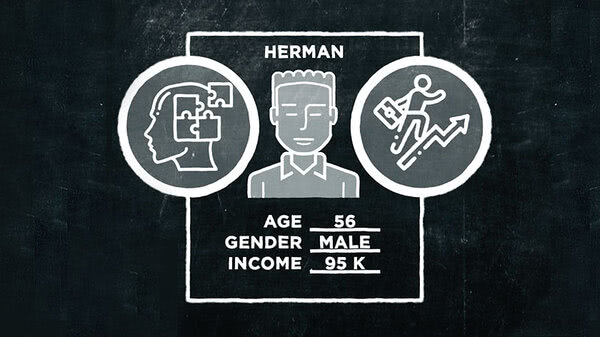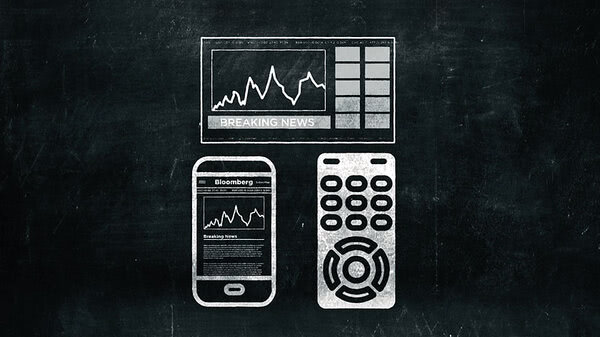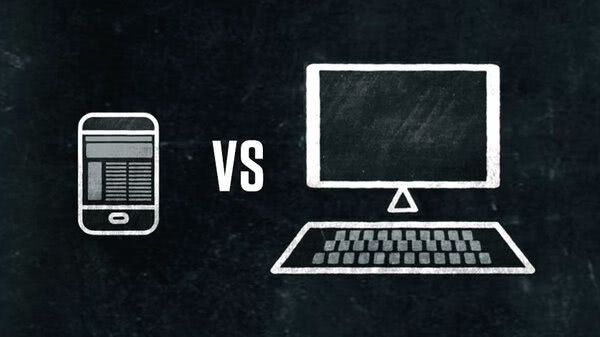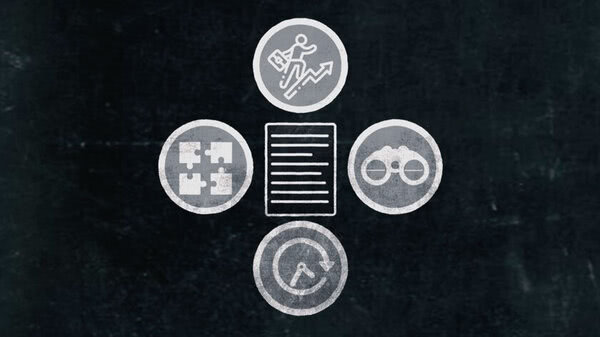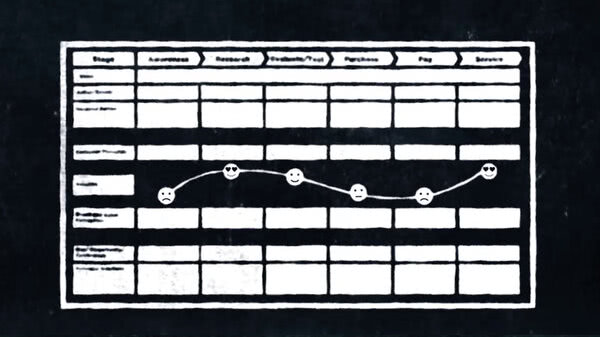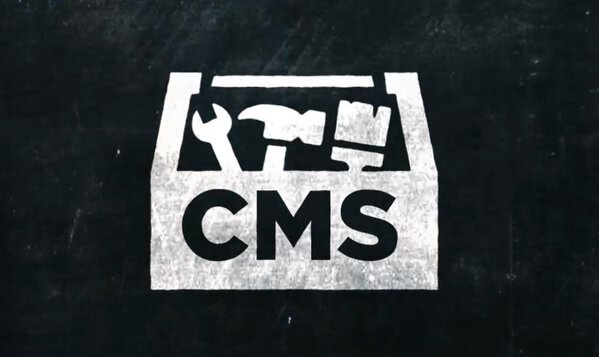It's time to get down to what you'll be testing. Not in the sense of what piece of software; that's probably already been determined by factors known only to you.
Perhaps you're at the wireframe stage of a new website, or maybe you're developing an app for iOS, or maybe you're just creating a few additional pages for an existing website.
You'll need to decide what aspect of your product or website's interface you'll be testing. Is it the overall friendliness? How easy it is to find a particular product in your online catalog? For an app, maybe you want to know if the latest update to the interface has made logging sales calls easier.
Once you've decided, the next thing you'll have to do is choose the hardware platform for testing. Is it going to be an iPhone or a Chromebook, a desktop with a 27-inch monitor or an iPad mini?
For websites, we're going to want to test and use a variety of platforms and browsers. For apps, there should be fewer variations to test. Obviously, you want to do your testing on the devices that are most popular with your users.
Next, you want to select your test subjects. Ideally, you're looking for people who are both likely to use your app or website and incredibly articulate.
Here in the real world, you'll be lucky to get one out of those two. Sometimes the only criteria you need for selecting your testers are the most basic demographics, say age, gender, income level.
But you can always get closer to your target audience by asking them some screening questions. For example, do you do most of the grocery shopping in your household? Or how often do you go out to the movies?
A great way to find suitable testers is to actually recruit them right from your existing website with a popup invitation. Or many user platforms also have options for recruiting test subjects. If your team is using personas, try to select users that match as closely as possible to those personas.
Once you have a pool to select from, you want to decide how many testers to recruit. Studies have shown that five participants are usually enough to uncover 85% of the usability problems on a website. So if you recruit more than five testers, you're likely to be facing diminishing returns. But again, it depends on what you're testing.
If you're testing for something as open-ended as user satisfaction, a large test group could be useful in drawing out a range of responses.
Before running a full round of tests, it's never a bad idea to do a dry run. Using a single tester to run through your test questions and task will help you to spot any errors in your plan.
So in summary, decide on what aspect of your product you're testing. Choose the appropriate platform, then recruit a pool of testers. Then decide on the appropriate number of testers to draw from that pool. This number will be determined largely by the type of test you're conducting.
Finally, test it with a dry run. If you take these steps in order, you could save yourself and your team a lot of unnecessary work.
Next up, building a plan.




